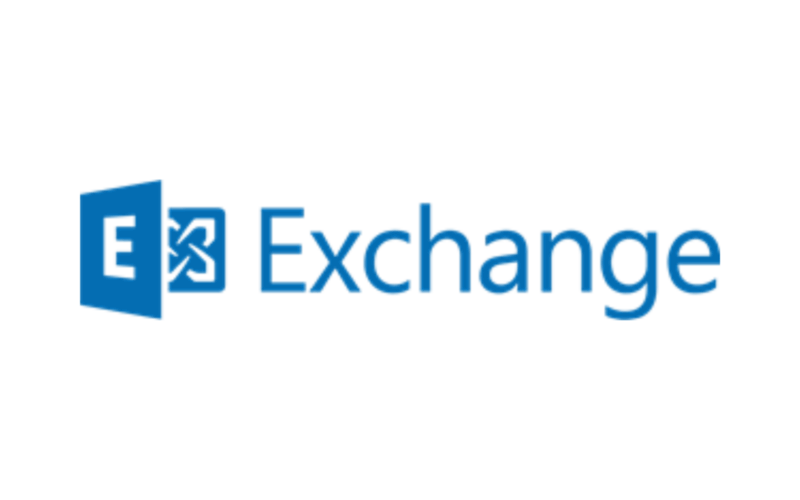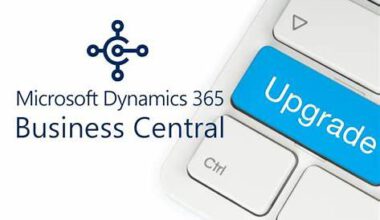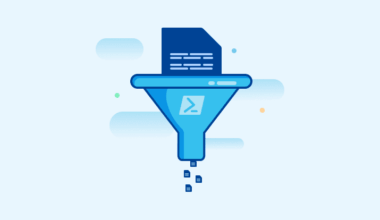A concise overview of Exchange Server is now listed in chronological order.
Exchange Server 4.5: In 1997, Exchange Server 4.5 was released as the first version following Exchange Server 4.0. This version introduced new features such as storing messages in databases, support for MAPI (Messaging Application Programming Interface), and compatibility with the Outlook client.
Exchange Server 5.0: Also released in 1997, Exchange Server 5.0 brought significant improvements over its predecessor. It offered support for data redundancy and recovery, enabled clustering of multiple Exchange servers, and enhanced security capabilities.
Overview of Exchange Server and the Windows Server 2000 and Active Directory domain model
Exchange Server 5.5: Later in 1997, Exchange Server 5.5 was launched — a popular version that delivered improvements in performance, scalability, and manageability. This version also allowed integration with the Active Directory domain model of Windows 2000.
Exchange 2000 Server: Released in 2000, Exchange 2000 Server marked an important transition to a new architectural model. It introduced Active/Active clustering for greater scalability and availability, along with web access to email and enhanced collaboration tools.
Exchange Server 2003: Exchange Server 2003, released in 2003, offered improved performance, better security, and expanded collaboration capabilities. It also introduced the ability to synchronize mobile devices with Exchange via ActiveSync.
Exchange Server 2007: In 2006, Exchange Server 2007 introduced a completely new server architecture model. This version improved scalability, offered better integration with SharePoint, and introduced new features such as Unified Messaging.
Exchange Server 2010: Released in 2009, Exchange Server 2010 brought significant changes. It provided better support for large-scale deployments, enhanced management capabilities, and new features such as database mirroring and archiving.
Exchange Server 2013: Exchange Server 2013, released in 2012, introduced major changes in architecture and functionality. It delivered improved performance, simplified management, and new features such as In-Place Archiving and eDiscovery.
Exchange Server 2016: Released in 2015, Exchange Server 2016 built upon the foundation of Exchange Server 2013. It offered improved scalability, better search capabilities, and tighter integration with Exchange Online.
Exchange Server 2019: Released in 2018, Exchange Server 2019 brought various improvements in performance, security, and manageability. It also introduced new features such as support for a larger number of databases, enhanced search functionality, and a simplified architecture.
Exchange Online
Exchange Online: Part of Microsoft 365 (formerly Office 365), Exchange Online provides email, calendar, and contacts in the cloud. Users can access their data from any internet-connected device and benefit from features such as shared calendars, collaboration tools, and advanced security capabilities.
This overview offers a concise look at the evolution of Exchange Server, from version 4.5 up to the 2021 On-Premises version and Exchange Online. For more detailed information on specific versions, it is recommended to consult Microsoft’s documentation and resources.
You can find more information about Microsoft Exchange Server here. More information about the author of this blog post is available here.






